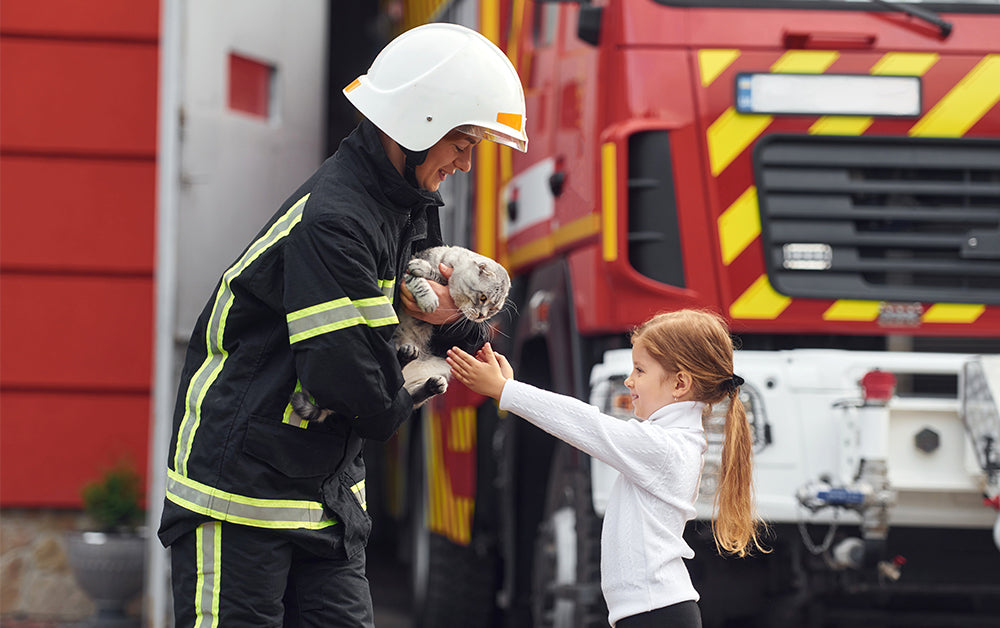CO Poisoning Doesn't Just Affect People
Many homeowners are aware of carbon monoxide (CO) dangers—but fewer know how it can impact their pets. Smaller and more vulnerable, animals are frequently the first to know symptoms of CO exposure, which can escalate quickly if undetected.
The CDC warns that CO poisoning can cause vomiting, weakness, and difficulty breathing in pets—often before symptoms appear in humans.
Common Sources of CO in Pet-Homes
1. Faulty Heating Systems and Blocked Vents
Old or poorly maintained gas heaters, fireplaces, or blocked chimneys are major CO sources, especially in winter when everything is sealed up tight.
2. Running Vehicles in Attached Garages
A car warming up in the garage can fill it—and your adjacent living space—with deadly CO. Pets confined in nearby areas may be exposed before you realize anything is wrong.
3. Portable Generators or Camp Stoves
During power outages or camping trips, temporary fuel-burning devices can create a high CO risk—especially in enclosed areas like RVs or cabins where pets are present.
How to Know If Your Pet Has CO Poisoning
Keep an eye out for signs like:
- Unexplained vomiting
- Lethargy or listlessness
- Loss of balance or coordination
- Difficulty breathing or unconsciousness
If you suspect CO poisoning, evacuate yourself and your pet immediately and seek veterinary care.

CO Protection for Pets Starts with Early Detection
Carbon monoxide is odorless, invisible, and fast-acting. Pets are especially vulnerable because they're smaller, often close to the source, and can't tell you when something's wrong.
That's why early detection is everything.
- Installing CO alarms near areas where your pet sleeps or stays when you're not home—like laundry rooms, baserooms, or crates.
- For whole-home safety, combo smoke & CO alarms offer full protection with fewer devices.
CO Safety Planning: Protect Your Pets from the Silent Killer
Carbon monoxide is invisible and odorless—your pet may be exposed while you're asleep or away.
Here's how to plan smarter:
- Install CO alarms near sleeping areas and pet zones, especially if your pet is crated or confined when you're not home.
- Set up a pet go-bag with essentials: food, medications, water, a photo, and vet records.
- Train your pet to enter a crate or leash on command—you may need to evacuate quickly and calmly, even if they're groggy or sick.
- Identify emergency vet clinics and pet-friendly shelters in advance.
- Keep a backup carrier in your car, in case you're returning home during a CO emergency.
Seasonal Reminders for Pet Safety
Winter: Extra use of heaters and fireplaces means a higher risk—check vents and install fresh batteries in alarms.
Travel Season: More time spent in garages or RVs? Never leave pets in enclosed vehicles, even briefly, due to fire and CO risks.
Holidays: Decor like candles and lights can be attractive but dangerous to pets. Always monitor their behavior around decorations.

Final Thoughts: A Safer Home for You and Your Pets
CO may be invisible—but its impact on pets is very real. The simple act of installing a reliable CO alarm can be the difference between tragedy and safety.
Shop our latest CO and combination alarms, designed to protect every member of your family—furry ones included.



